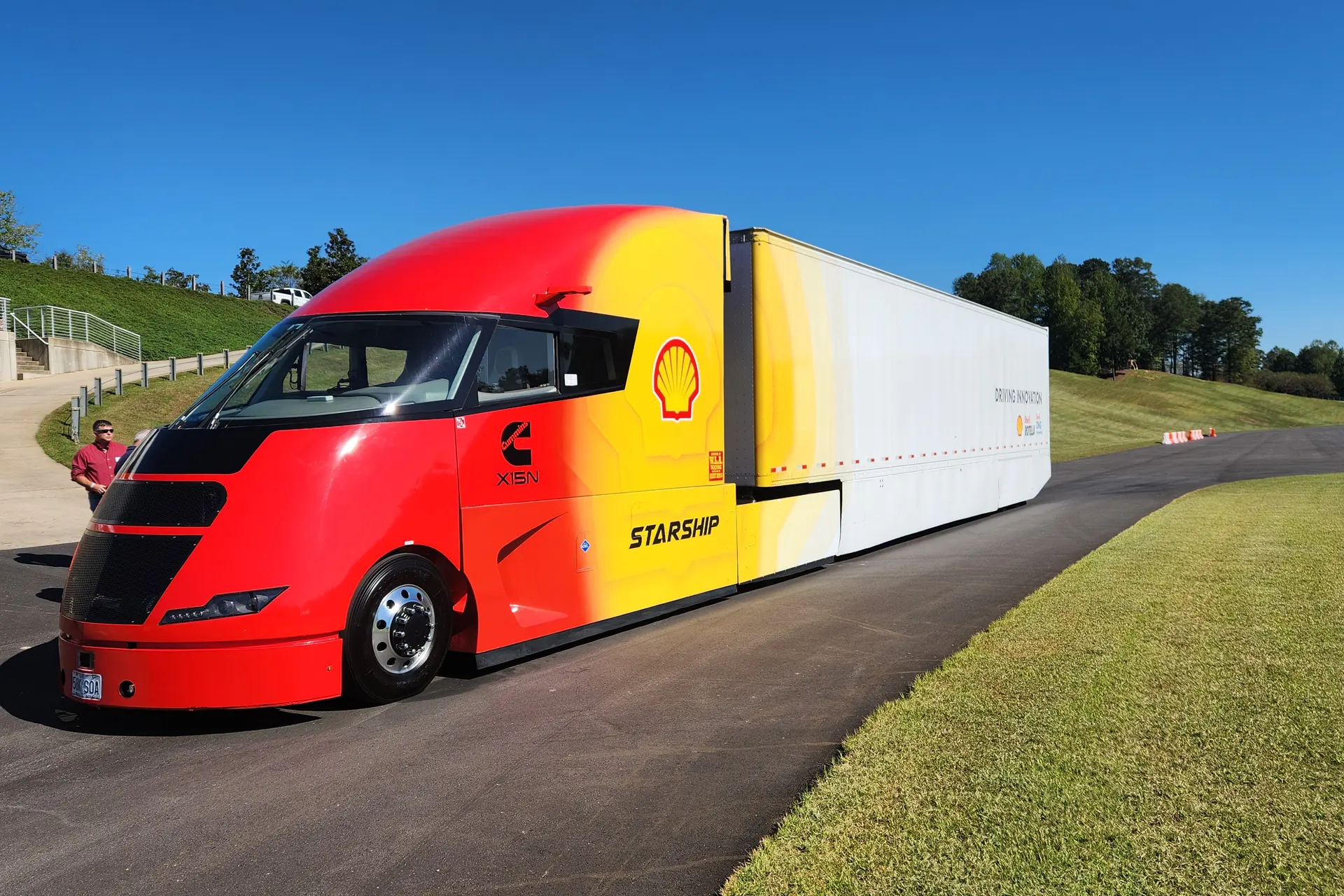Navigating the Road to Recovery: A Guide to Handling Driver Drug and Alcohol Violations

Drug and alcohol violations can quickly take drivers off the road, causing stress for everyone involved. When drivers fail or refuse testing, or when there is clear evidence of illegal drug or alcohol use, they must be immediately removed from driving. The process of getting back to work can be tough for both drivers and carriers.
The U.S. Department of Transportation has detailed guidelines on handling driver drug and alcohol violations, including steps for returning to work. Carriers should use these guidelines to create their own plans for dealing with violations, from the immediate response to long-term follow-up.
Immediate Response
As soon as a carrier learns of a driver’s DOT drug or alcohol violation, the driver must be removed from any safety-sensitive duties, like driving. Depending on the situation, the carrier may need to arrange for the driver to get home safely and find a new driver to complete the route.
Violations must be reported to the Drug and Alcohol Clearinghouse by carriers or medical review officers. Once reported, the driver’s status becomes prohibited. Later this year, drivers’ commercial licenses (CDL or CLP) will also be downgraded when the state learns of this status.
Carriers must give drivers who fail drug or alcohol tests a list of substance abuse professionals. Carriers cannot assign these drivers to non-CDL vehicles to avoid the return-to-duty process.
Substance Abuse Professional Program
To return to duty after a violation, drivers must follow DOT guidelines. This includes completing a treatment or education program with a substance abuse professional (SAP). Drivers must schedule an evaluation with an SAP and add the professional to their Clearinghouse account. The SAP will assess the driver’s substance use and prescribe treatment. The SAP will update the driver’s Clearinghouse profile with completed steps.
After finishing treatment, drivers must meet with the SAP again to evaluate their progress. If successful, the SAP updates the Clearinghouse with the driver’s eligibility to return to duty and creates a follow-up testing plan, which the employer must obtain.
Return-to-Duty Testing
Before a driver can return to work, the carrier must get the SAP report and verify the driver’s eligibility in the Clearinghouse. The driver must pass a drug and/or alcohol test under direct observation. Once passed, the carrier reports it to the Clearinghouse, removing the driver’s prohibited status and allowing them to resume safety-sensitive duties.
When new policies take effect, passing this test will also allow drivers to regain their CDL status. Carriers must ensure all steps are completed before allowing drivers to return to work.
After Returning to Work
The SAP report will specify any ongoing treatment and the follow-up testing plan. Drivers must complete at least six follow-up tests within 12 months, and testing can continue for up to five years based on the SAP’s recommendations. Follow-up tests are unannounced and under direct supervision. Passing all follow-up tests must be reported to the Clearinghouse.
Employment Changes
Switching employers or returning to work after a break can be complicated after a drug or alcohol violation. During hiring, the pre-employment Clearinghouse query will alert new employers of any unresolved violations or incomplete follow-up programs. New employers must contact the SAP for the follow-up plan and previous employers, with the driver’s consent, to continue the process.
Getting a driver back on the road after a violation is time-consuming and frustrating. Understanding the policies can reduce stress and confusion. Reliable outsource services specializing in drug and alcohol compliance can help navigate the process. It’s possible for drivers to continue their careers after a violation, but it requires cooperation from drivers, carriers, and substance abuse professionals.
We Know The Industry
With over 20+ years in the trucking insurance industry Cook Insurance Group combines national reach with local service to address the needs of large fleet, small fleet, single owner and tow trucking operations, and to charter bus lines. We ONLY serve the Trucking industry, providing the best trucking insurance. Let our friendly, bi-lingual staff help you find the right insurance protection at the right cost.
Cook Insurance Group is dedicated to meeting the needs of both small and large fleet trucking companies. Our reps handle every aspect of your program, ensuring you have the best trucking insurance plan for your specific needs. We work closely with you to manage your plan on an ongoing basis.
At Cook Insurance Group, we provide immediate certificate and ID card insurance, including 24/7 certificate availability. We leverage our client portal which allows you to access and issue certificates, check claim status and view policies. Cook Insurance Group is prompt and reliable, including 24-hr claims reporting. (Physical Damage and Motor Truck Cargo). We also provide educational seminars for management and drivers of companies.
At Cook Insurance Group we have licensed risk managers available to assist you with CSA scores and driver training. We provide border risk coverage (NAFTA) and mid-year loss run reviews.
Choose Cook Insurance Group for all of your trucking insurance needs whether you are located in Texas, Arizona or Arkansas.



